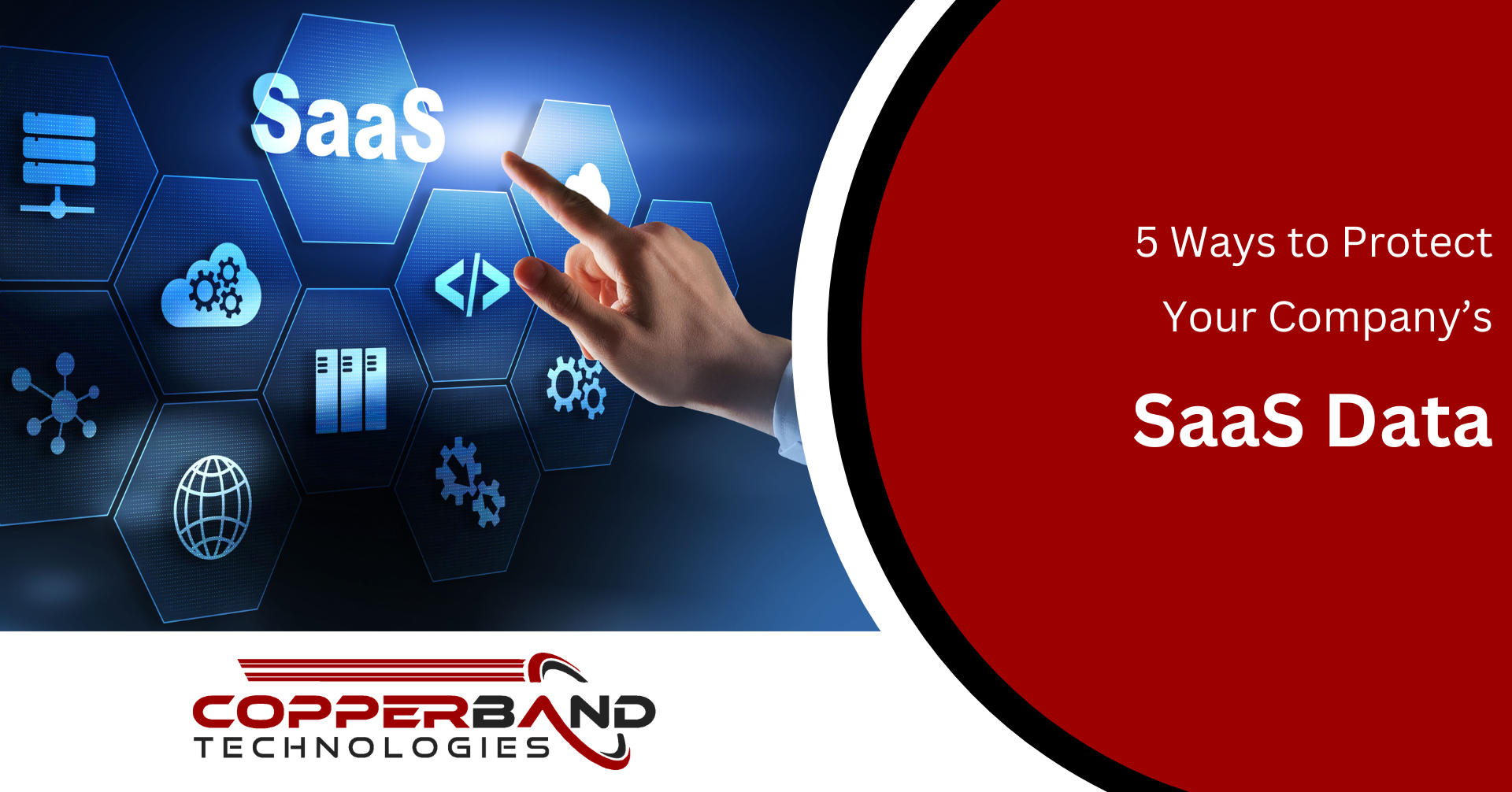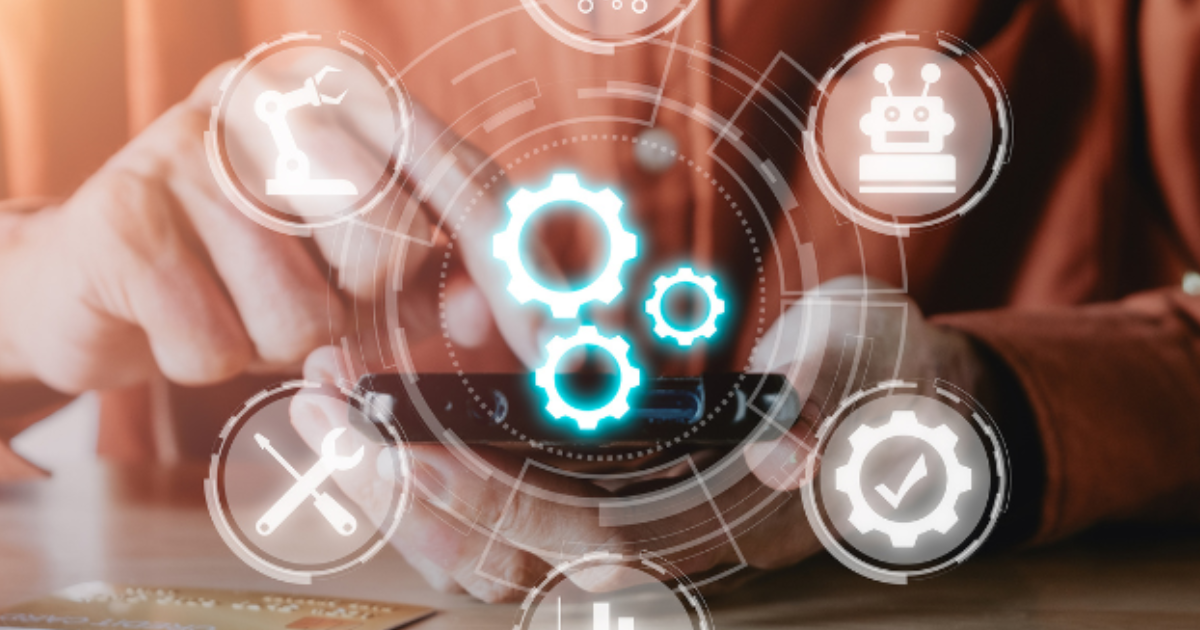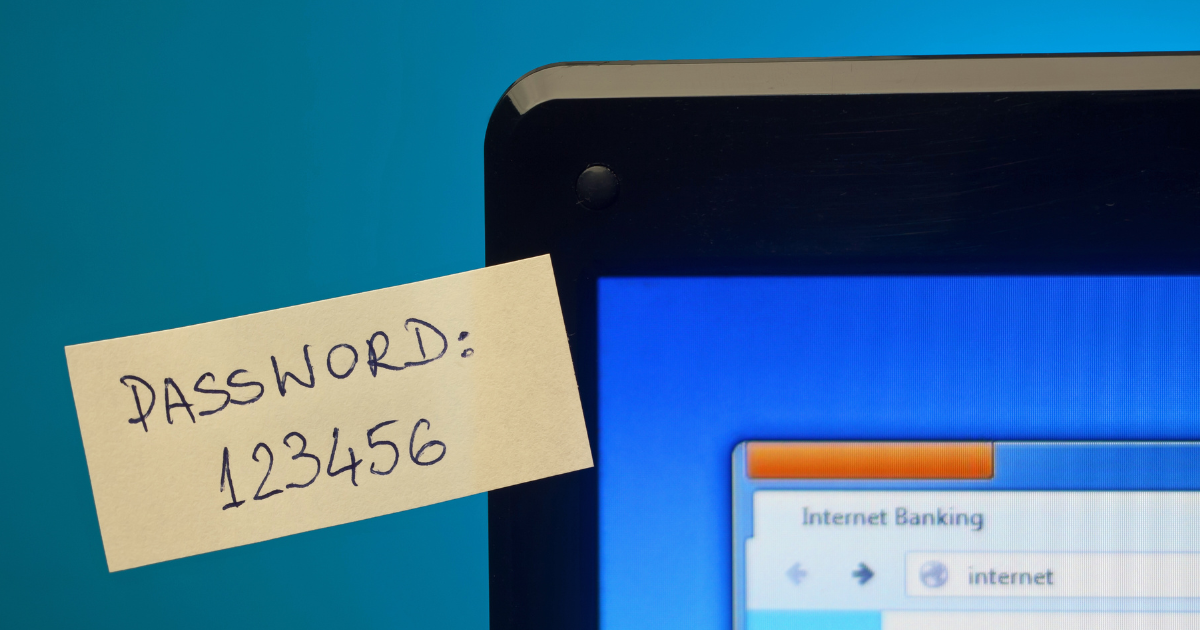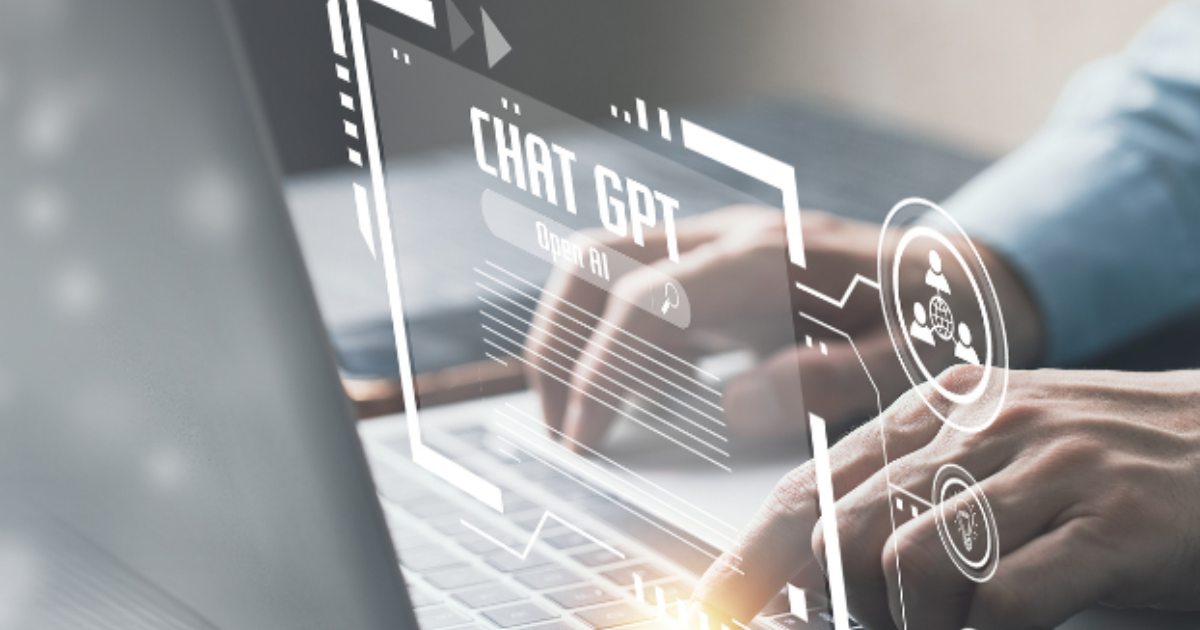5 Ways to Protect Your Company’s SaaS Data

The Ever-Evolving SaaS Landscape
The rapid rise of Software as a Service (SaaS) solutions has transformed how businesses operate. While they provide unparalleled convenience and scalability, they also introduce a unique set of security challenges. Additionally, with the rapid pace of SaaS app development and its diverse range, ensuring consistent security is an ongoing endeavor.
1. Robust Access Controls: Limiting the Gateways
To secure any SaaS application, begin at the entry point. Establish stringent access control mechanisms:
- Multi-Factor Authentication (MFA):
- What is it? MFA requires users to present two or more verification methods. For example, this could be something they know (password), something they possess (a mobile device or card), or something inherent to them (fingerprint or facial recognition).
- Why is it crucial? Even if a malicious actor obtains a user’s password, they would need another method of verification, making unauthorized access much more challenging.
- Role-Based Access Controls:
- What is it? This approach gives access rights based on roles within the organization. For instance, an HR personnel might not need access to financial data.
- Why is it vital? By ensuring employees only access what they need, you limit potential points of exposure. Moreover, it simplifies managing access rights for large teams.
2. Regular Data Backups: Your Safety Net
While SaaS providers usually have their backup systems, depending on them solely is risky.
- Routine Backups:
- What does it entail? Depending on the sensitivity and frequency of data change, backups can be scheduled daily, weekly, or even in real-time.
- Importance: Even if primary data is compromised or lost, having backup ensures operations continue seamlessly.
- Test Restores:
- What does it entail? This involves regularly restoring data from backup sources to ensure they’re not corrupted and are up to date.
- Importance: Regularly testing backups ensures data integrity, so when a crisis strikes, you’re not left with outdated or corrupt data.
3. Monitor and Audit Activity: Vigilance is Key
Keeping a close eye on user activity can prevent many potential breaches:
- Activity Logging:
- What is it? This involves tracking every action users take within SaaS applications, especially those concerning data.
- Why it matters: By maintaining a comprehensive activity log, anomalies can be quickly identified and investigated.
- Real-Time Alerts:
- What is it? Systems are set up to send notifications at the slightest hint of suspicious activity.
- Importance: Time is of the essence in security breaches. That is to say, the faster you become aware, the quicker you can act to mitigate potential damages.
4. Encryption: Coding the Way to Safety
In the world of SaaS, encryption is your best friend:
- End-to-End Encryption:
- What is it? Data is encrypted from the moment it leaves the sender until it reaches its intended recipient.
- Why it’s pivotal: It ensures that even if data is intercepted during transit, malicious actors can’t decipher it.
- Key Management:
- What is it? The meticulous process of generating and distributing encryption keys. It also entails storing, rotating, and retiring encryption keys.
- Why it’s crucial: The strength of encryption largely depends on the secrecy and strength of its associated keys. Furthermore, proper key management ensures these keys remain uncompromised.
5. Work with a Managed Service Provider: Expertise on Your Side
For businesses in Clarksville and beyond, partnering with a Managed Service Provider can greatly enhance SaaS security:
- Tailored Security Solutions:
- What does it entail? MSPs assess a business’s unique needs, vulnerabilities, and potential threats to provide custom-tailored security measures.
- Importance: A one-size-fits-all approach doesn’t work in cybersecurity. Furthermore, each business has unique needs and vulnerabilities that require specialized attention.
- Stay Updated:
- What does it mean? With the SaaS landscape continually changing, MSPs keep businesses informed about the latest threats and mitigation techniques.
- Why it’s important: Staying updated means being prepared. Additionally, by being ahead of potential threats, businesses can avoid most pitfalls.
The Future of SaaS Security: A Glimpse Forward
The realm of SaaS is dynamic. As software continues to evolve, the strategies to protect it will need to adapt. Here are a few projections:
- AI and Machine Learning: These technologies can predict and detect unusual patterns, potentially stopping breaches before they occur.
- Decentralized Security Protocols: As we move towards decentralized platforms and technologies like blockchain, the security approaches for SaaS might lean more towards distributed systems.
Adapting to the SaaS Security Landscape
While the diverse and ever-changing nature of SaaS applications can be challenging, by implementing robust security measures and remaining vigilant, businesses can reap the benefits of SaaS without compromising on security. Further more, as the landscape evolves, ensuring that your company’s data protection strategies evolve with it will be paramount.
Need expert guidance on securing your SaaS data? Our managed service provider experts in Clarksville are here to help. Contact Copperband Technologies today and fortify your SaaS landscape!






